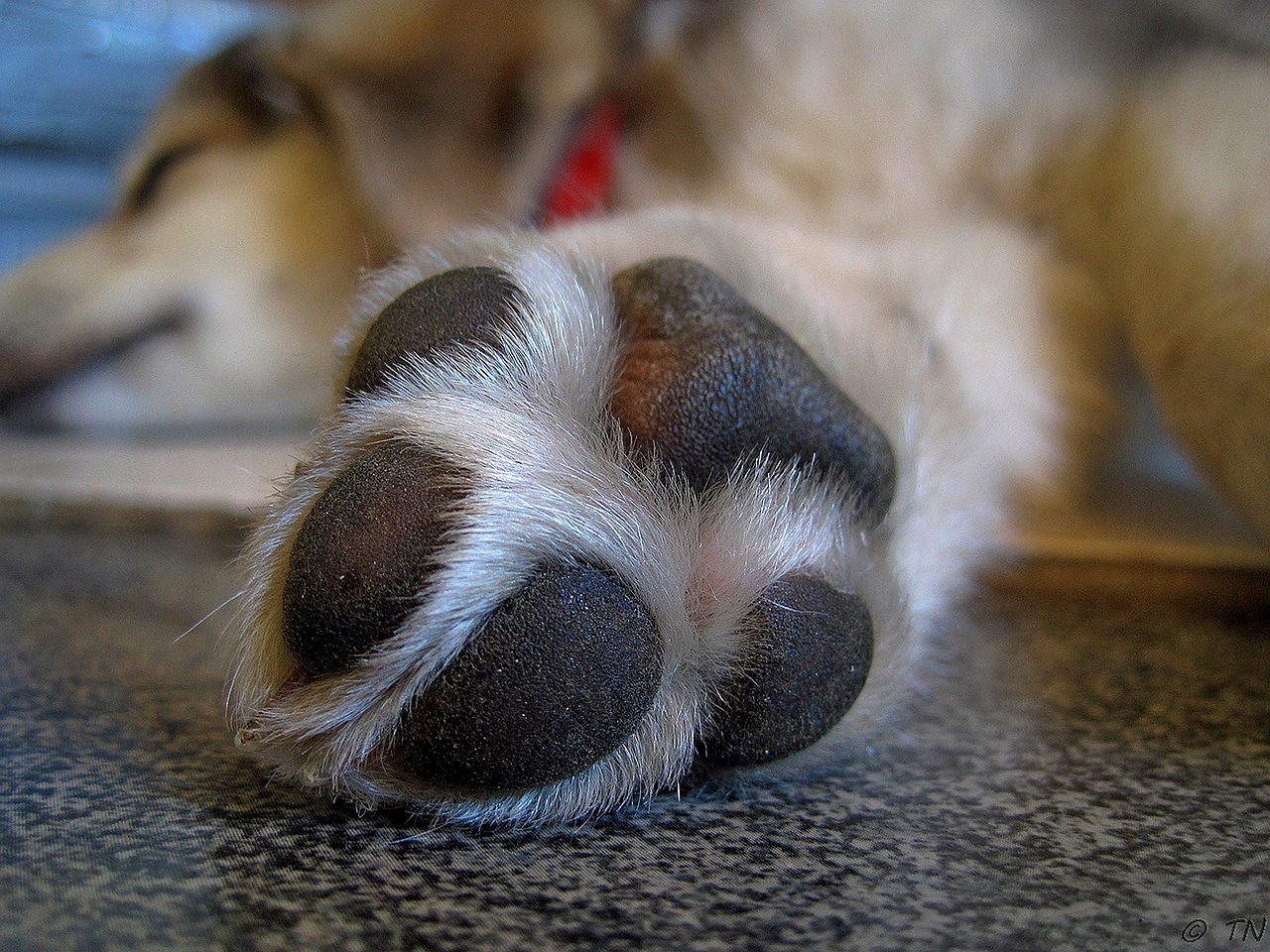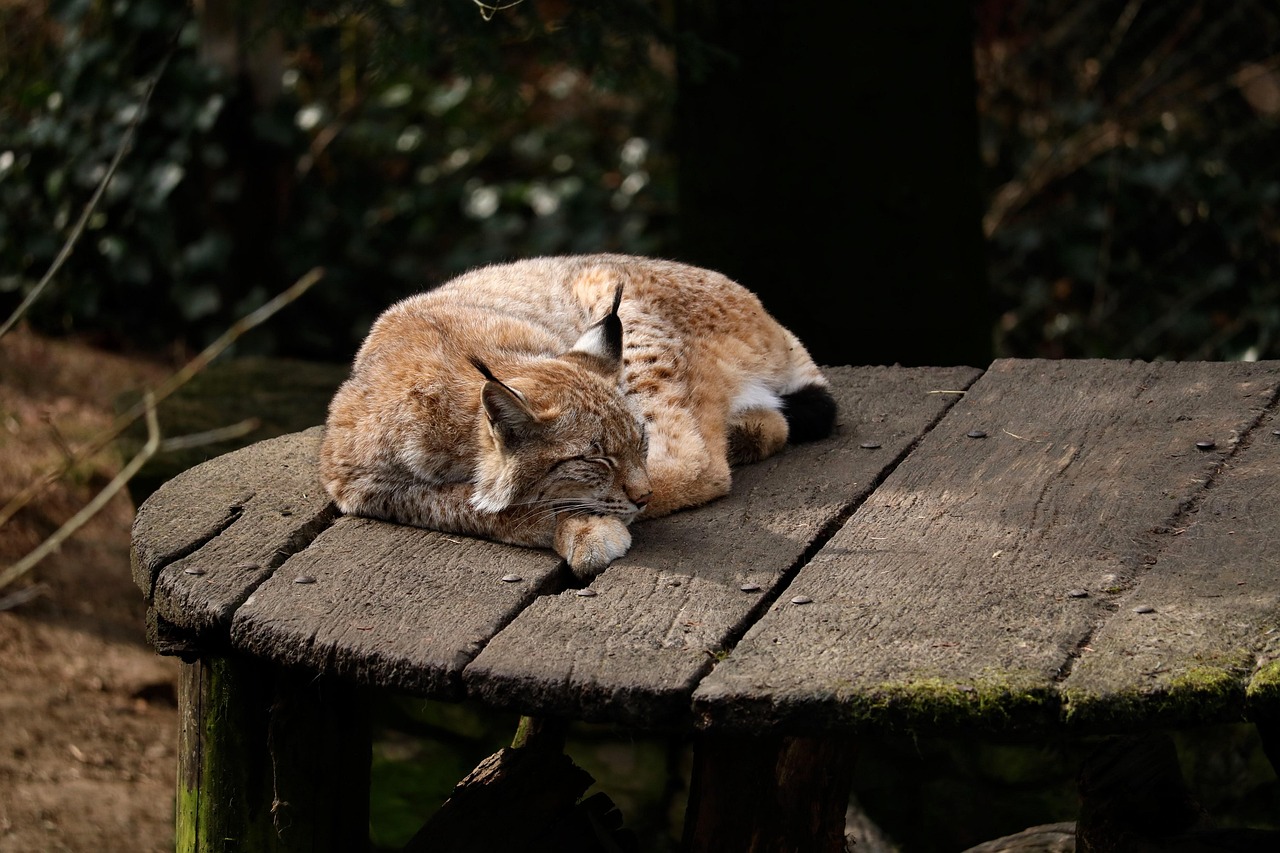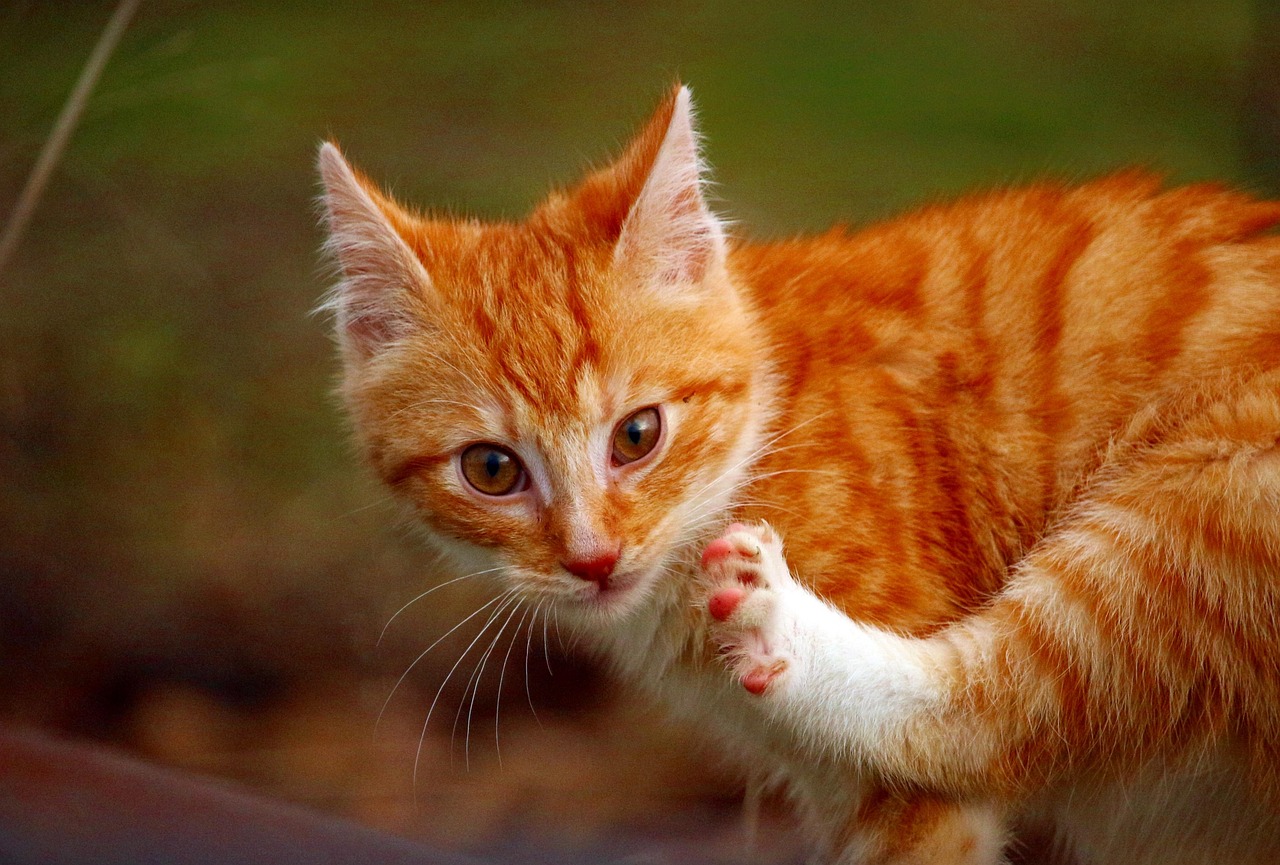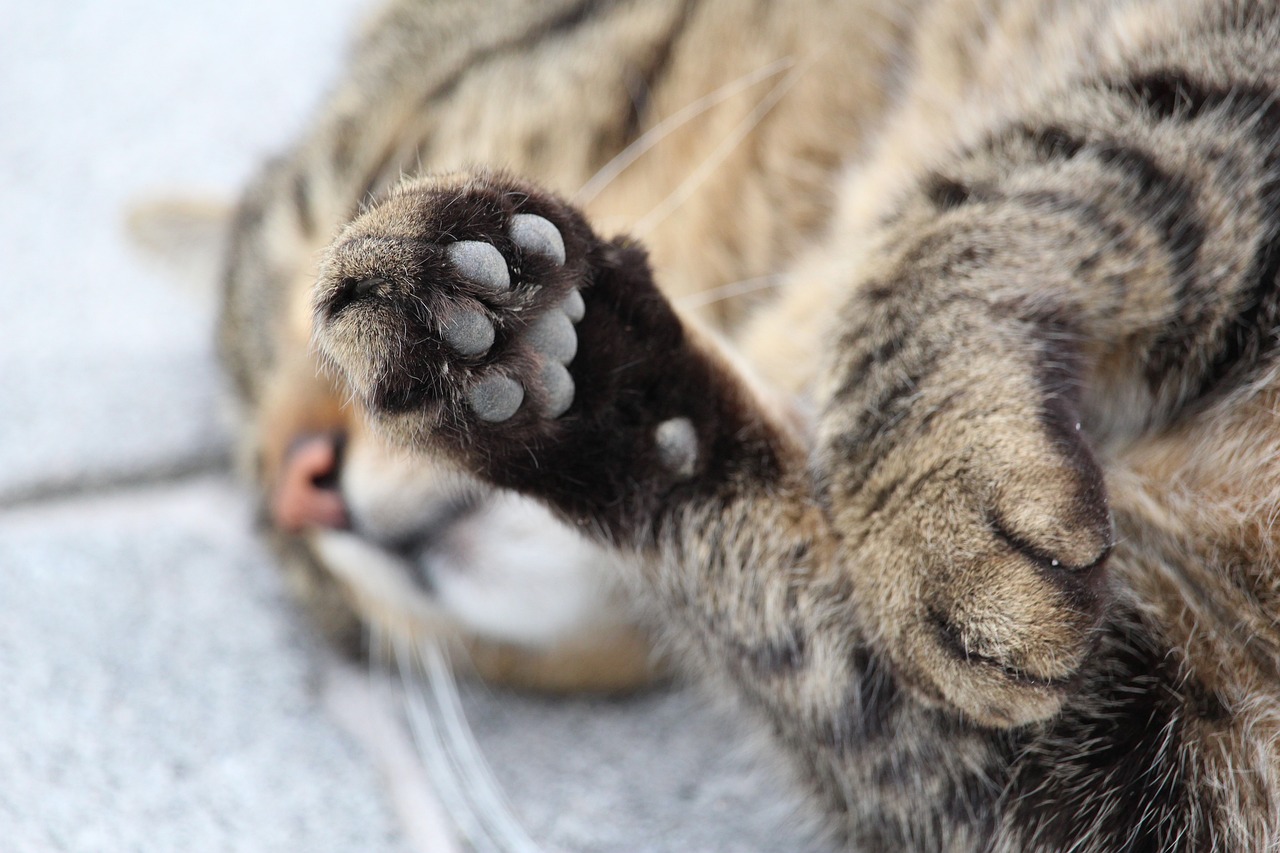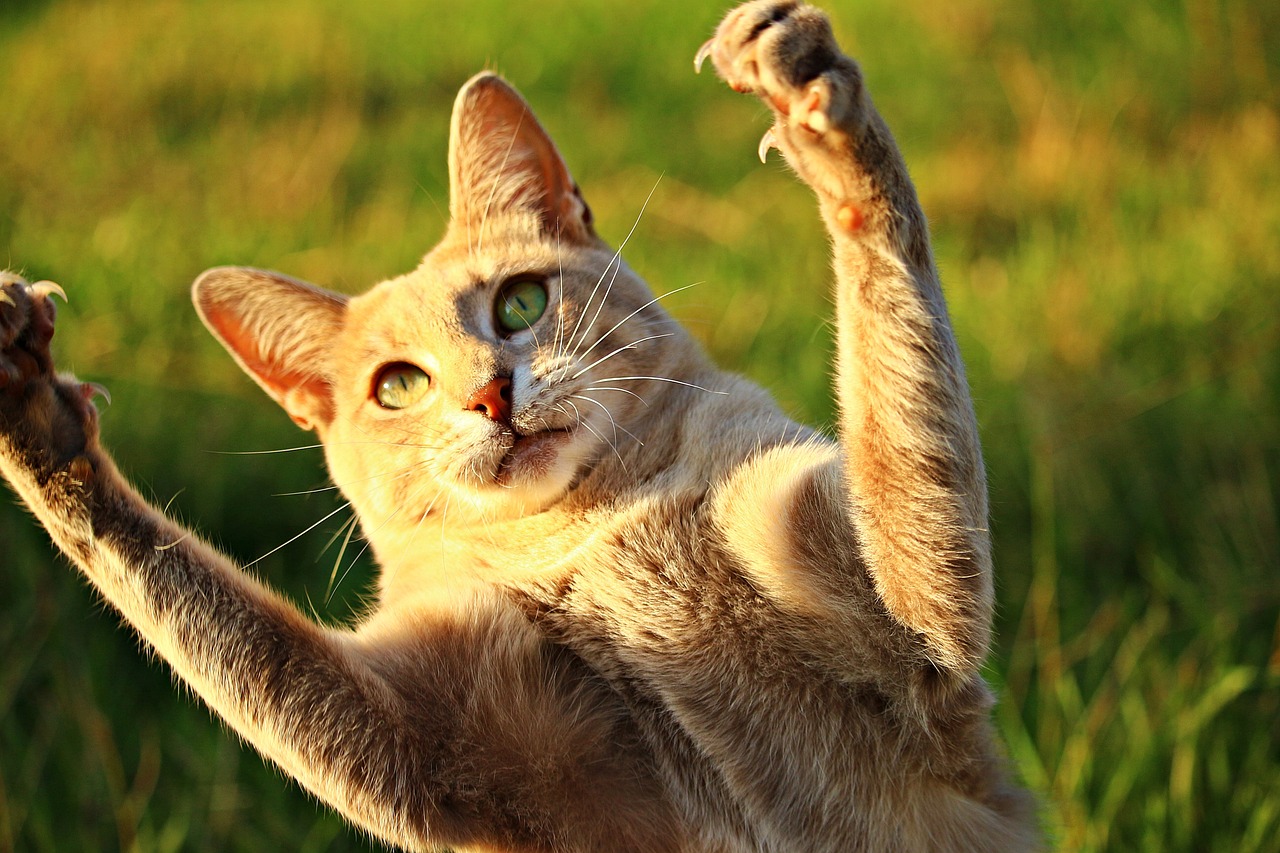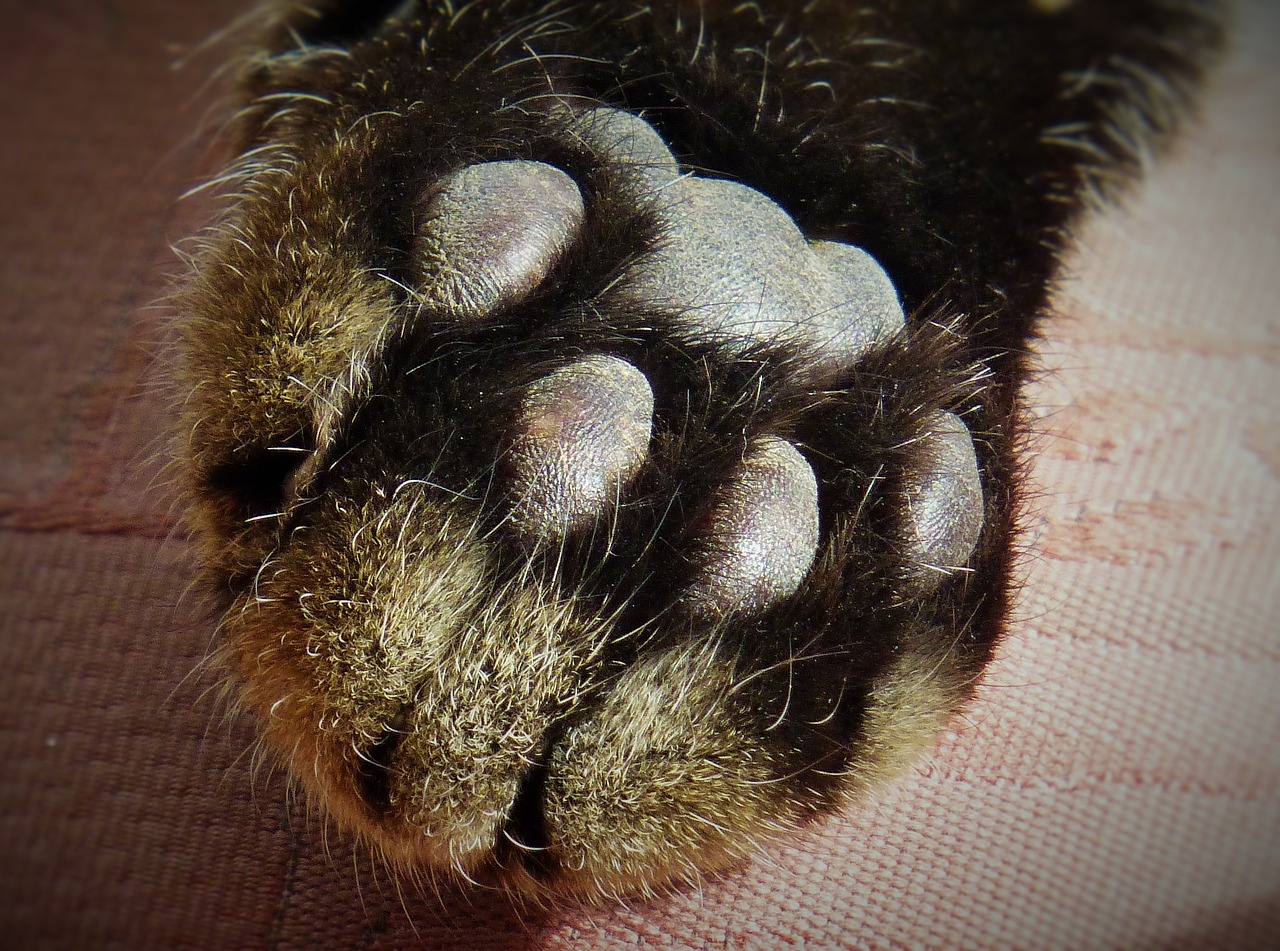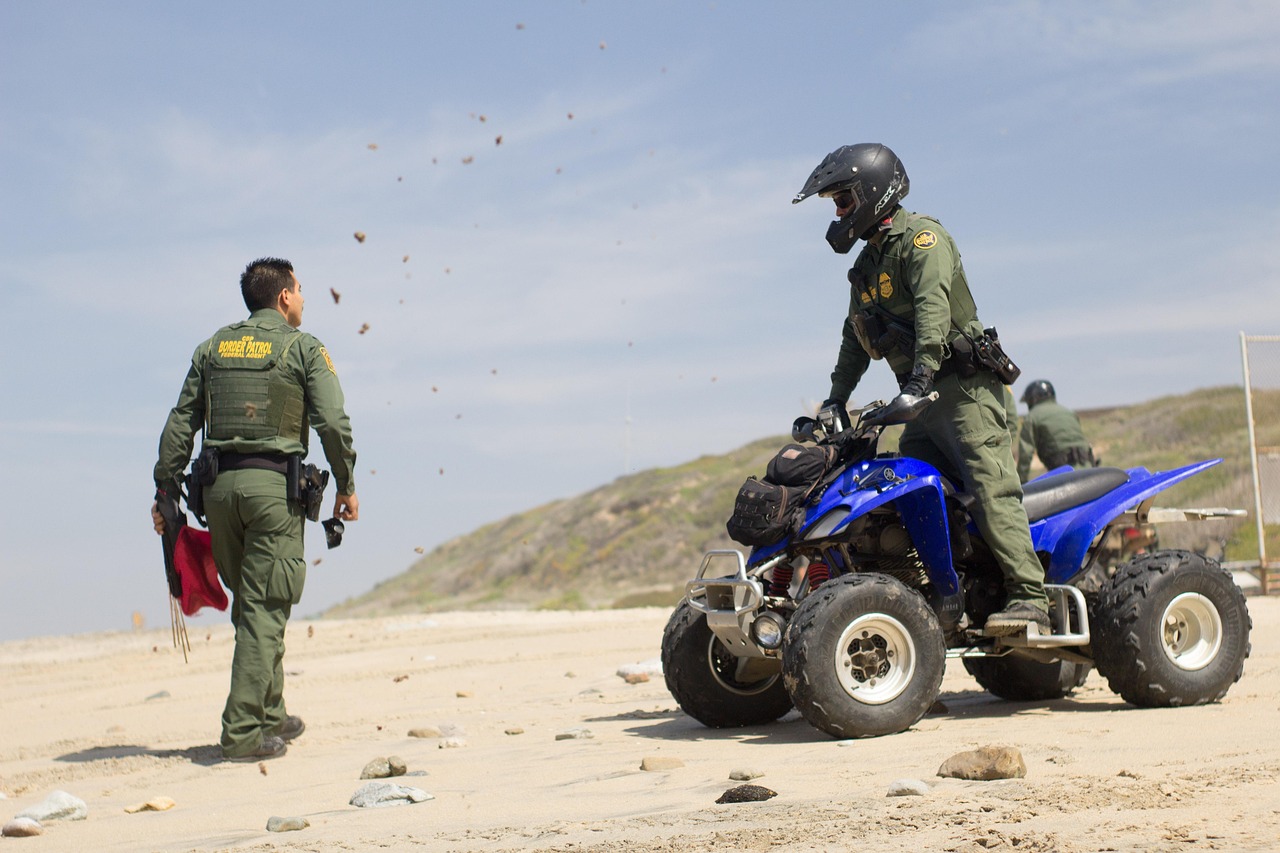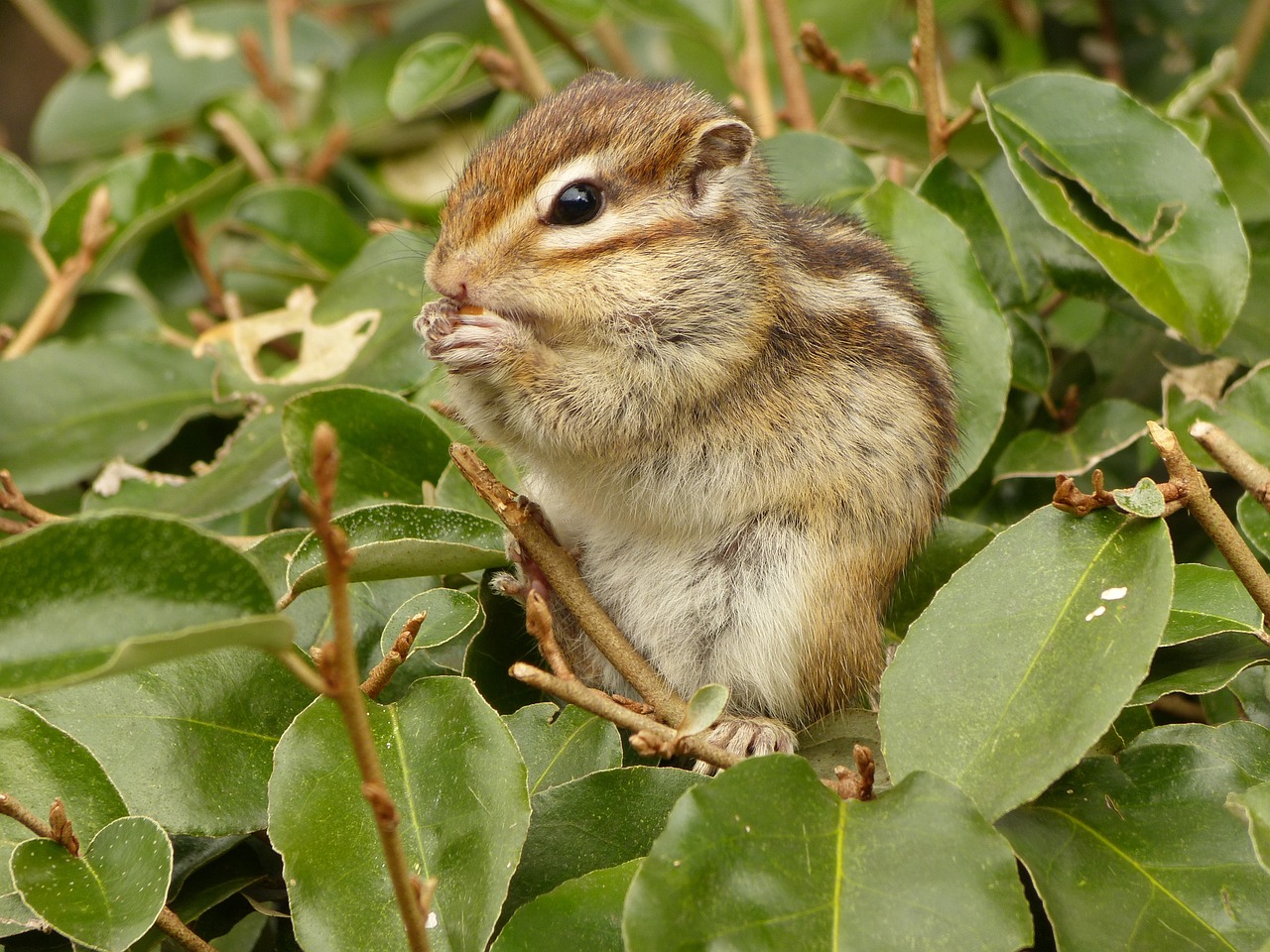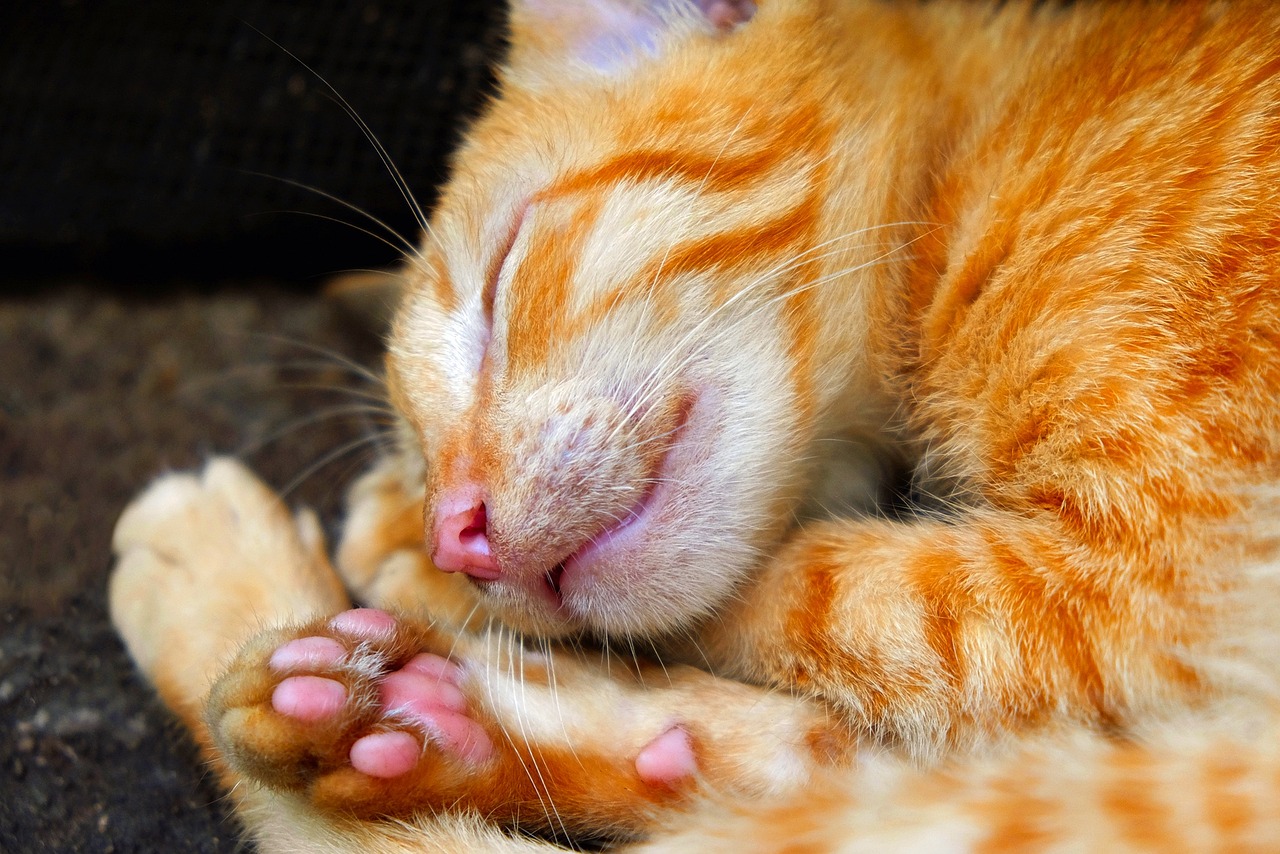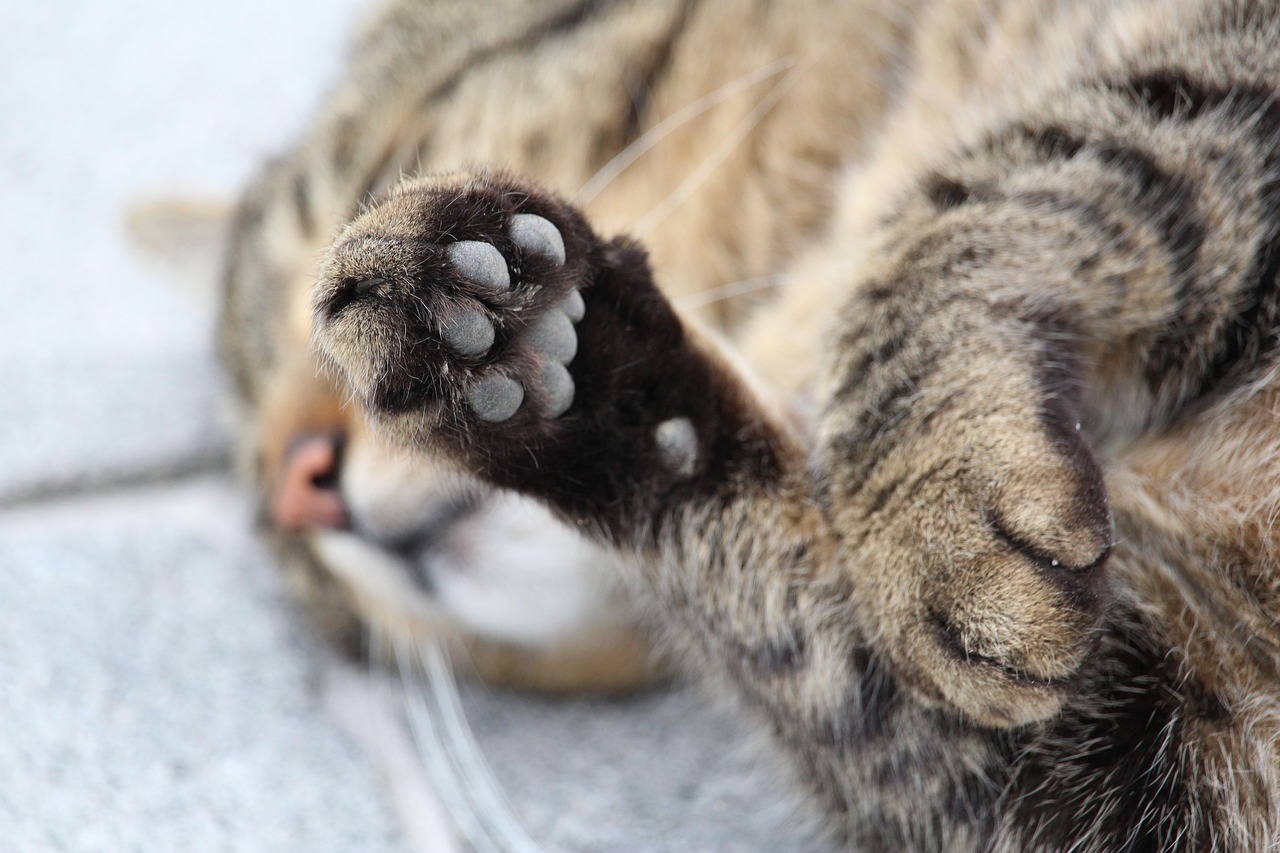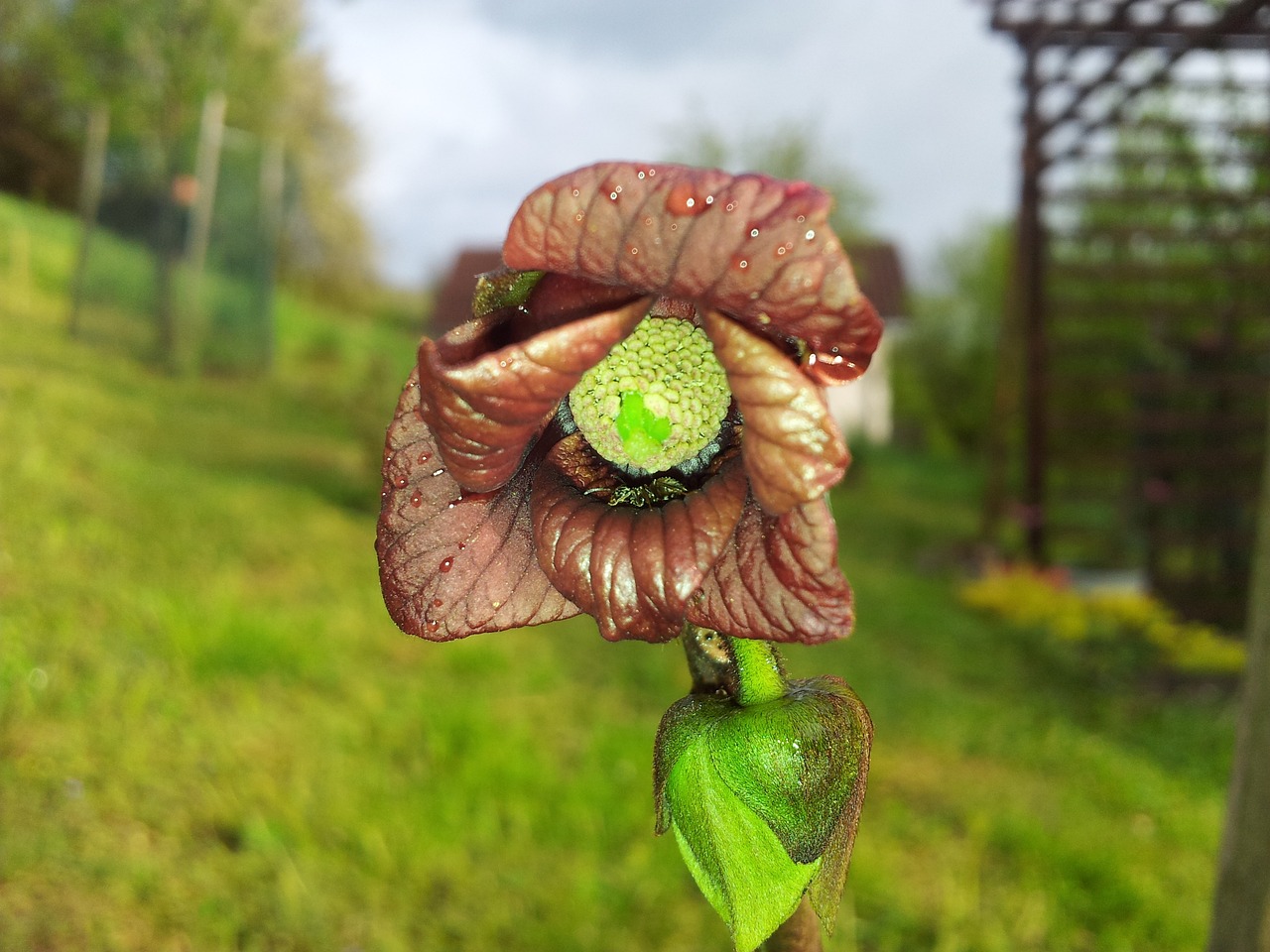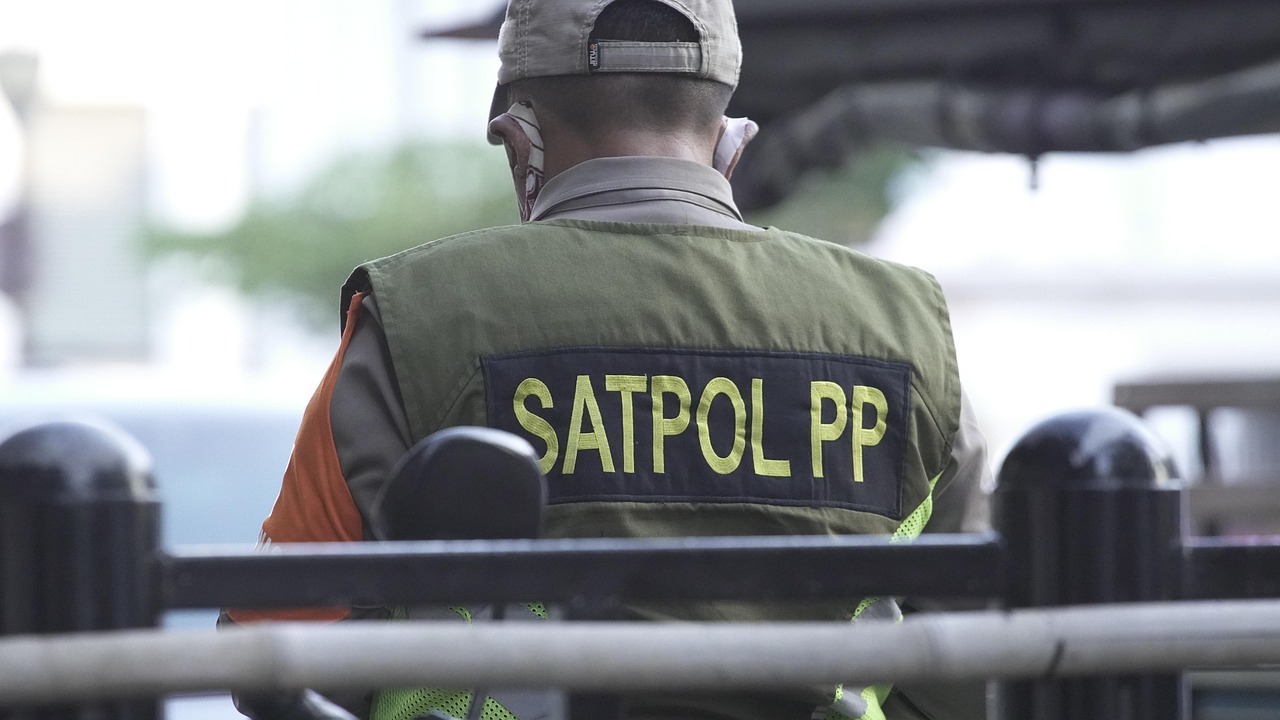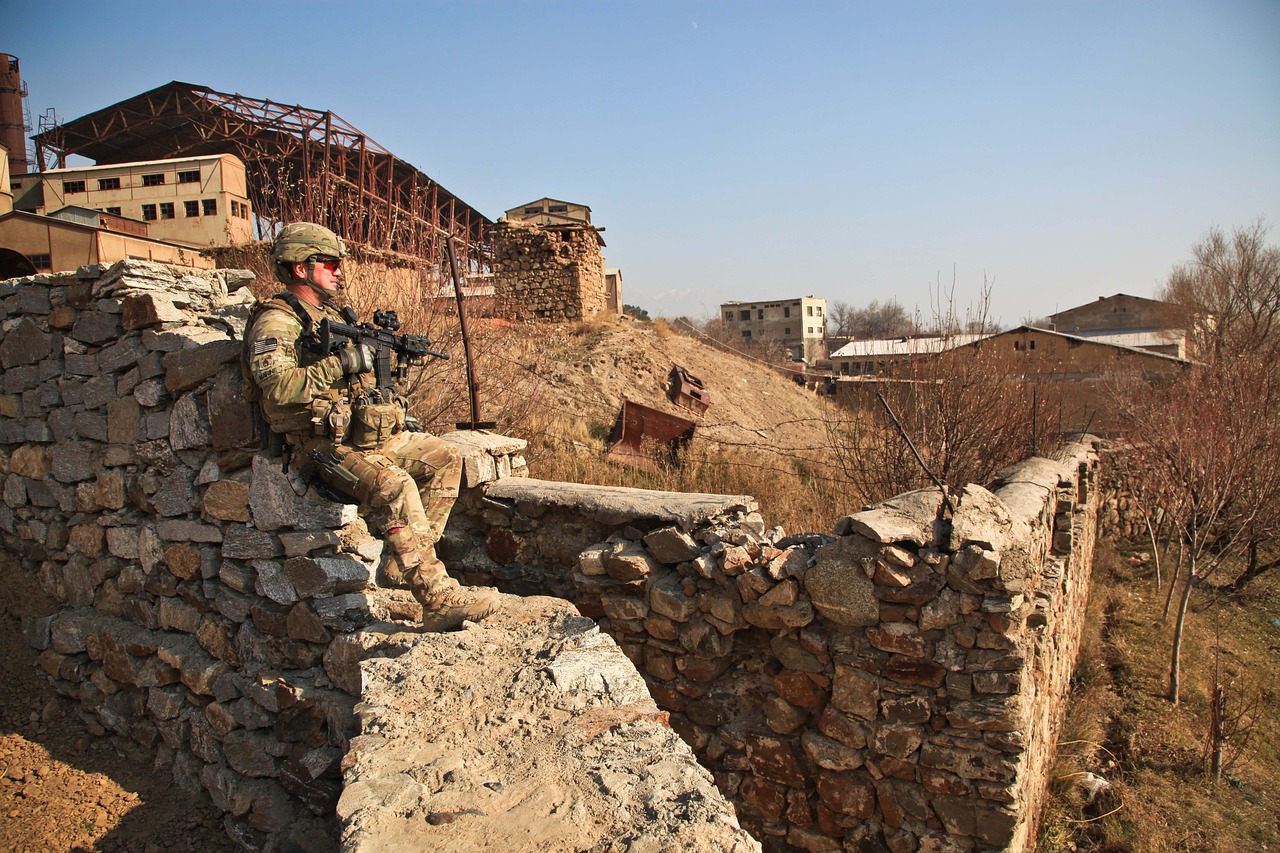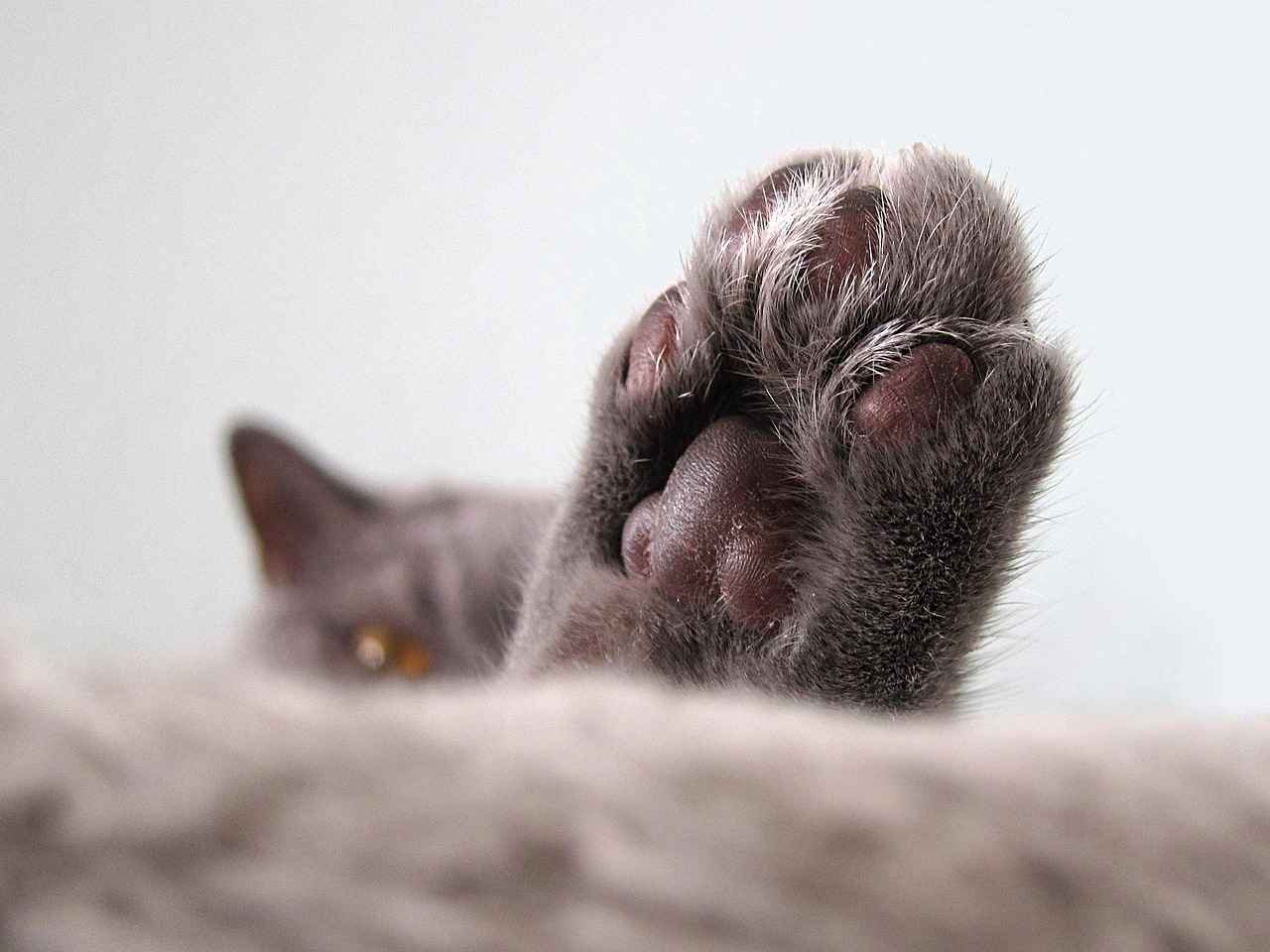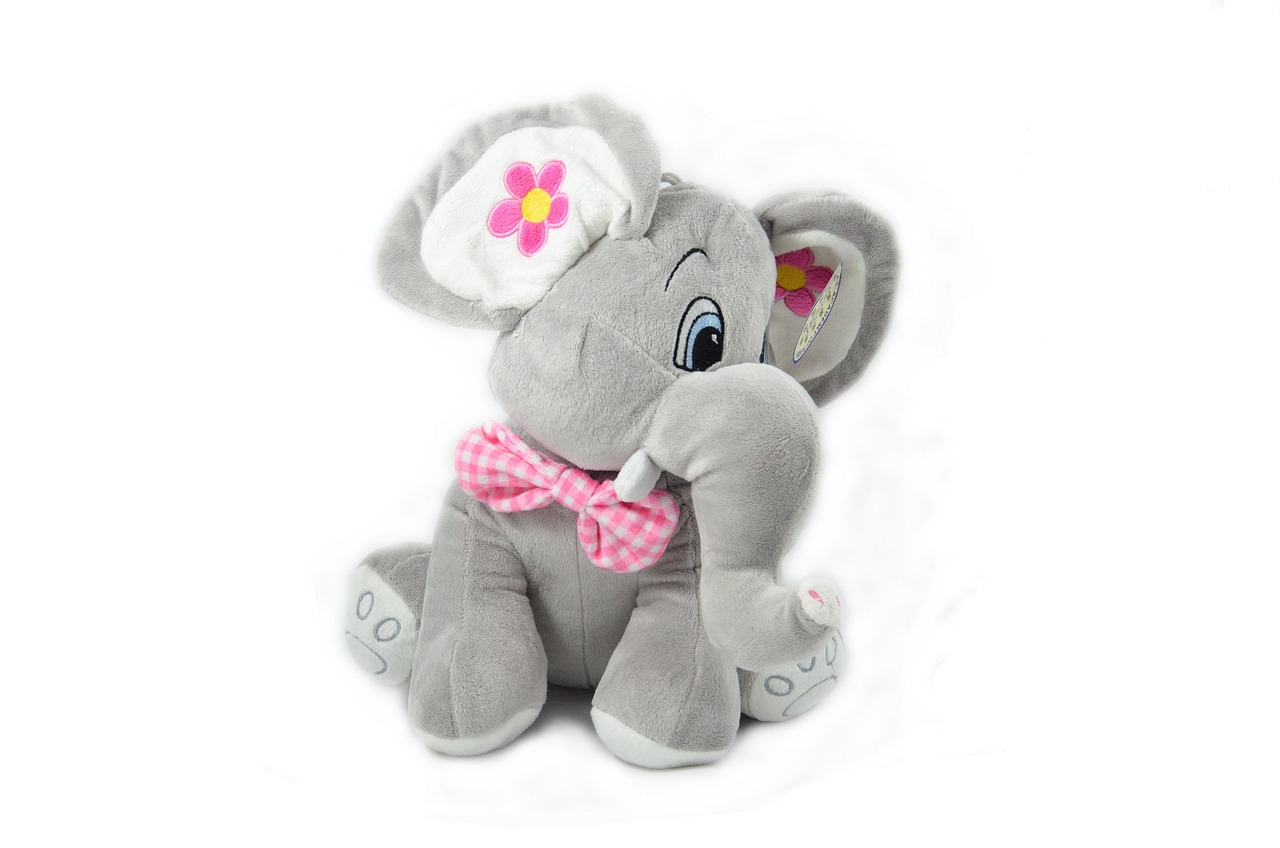This article explores the most hilarious moments from the beloved children’s show, Paw Patrol, showcasing the lighthearted antics of Ryder and his team of rescue pups that have entertained audiences worldwide. The show, which premiered in 2013, quickly became a favorite among young viewers, thanks to its mix of adventure, teamwork, and, of course, humor. Let’s dive into the top ten funniest moments that have left audiences in stitches!
- The Origin of Paw Patrol’s Humor
- Ryder’s Quirky Commands
- Unexpected Situations
- Chase’s Overzealous Attitude
- Marshall’s Clumsiness
- Teamwork Gone Wrong
- Funny Villain Moments
- Cap’n Turbot’s Misadventures
- Funny Catchphrases and Quotes
- Funny Episodes to Watch
Understanding the roots of humor in Paw Patrol helps to appreciate its comedic elements. The show’s creators designed it to engage children while delivering important lessons through laughter. The humor is often derived from the characters’ personalities and the unexpected situations they find themselves in.
Ryder’s unique and often humorous way of giving commands to the pups frequently leads to funny situations. His playful language and enthusiasm keep the energy high and the laughter rolling. For example, when he instructs the pups to “Paw Patrol, let’s roll!” it sets the stage for their next hilarious adventure.
The pups often find themselves in unexpected and comical predicaments due to Ryder’s commands. One memorable moment is when they try to rescue a cat stuck in a tree but end up causing a comical chain reaction of events that leads to chaos.
Chase, the police pup, often takes Ryder’s commands a bit too seriously. His overzealous nature results in funny misunderstandings, such as when he tries to direct traffic but ends up causing more confusion than order, showcasing his endearing yet comical personality.
Marshall’s clumsy nature creates a plethora of laugh-out-loud moments. His attempts to help often lead to humorous mishaps, like when he tries to put out a fire but accidentally sprays his fellow pups instead. These moments lighten the mood and entertain viewers.
The pups’ teamwork sometimes leads to hilarious blunders. For instance, in one episode, they attempt a synchronized rescue, but their lack of coordination results in comedic chaos, proving that even the best-laid plans can go awry.
The antics of the show’s villains, like Mayor Humdinger, often provide comic relief. His humorous schemes and exaggerated personality add an entertaining layer to the series. His attempts to outsmart the Paw Patrol frequently backfire, leading to funny situations that highlight his comical ineptitude.
Cap’n Turbot’s nautical escapades often result in humorous scenarios. His quirky personality and knack for finding trouble keep the audience laughing, especially when he tries to navigate a boat but ends up in a hilarious predicament.
The show features memorable catchphrases that contribute to its humor. Ryder’s enthusiastic catchphrases, such as “Paw Patrol, let’s roll!” have become iconic among fans, often eliciting laughter during episodes. Each pup has their own unique catchphrases that reflect their personality, further enhancing the comedic tone of the series.
Certain episodes stand out for their humor, providing the best laughs in the series. Episodes like “Pups Save a Bat Family” and “Pups Save the Penguins” showcase the pups’ attempts to rescue animals, leading to unexpected and funny moments that highlight their teamwork and the comedic potential of their adventures.
In conclusion, Paw Patrol is not just about rescue missions; it’s about the laughter and joy that these moments bring to children and families alike. The blend of humor, adventure, and valuable life lessons makes it a show that continues to entertain and engage audiences worldwide.

The Origin of Paw Patrol’s Humor
is a fascinating topic that reveals the underlying mechanisms that make this beloved children’s show not only entertaining but also educational. The creators of Paw Patrol have ingeniously woven humor into the fabric of the series, ensuring that each episode is packed with laughter while imparting valuable lessons to young viewers.
At its core, the humor in Paw Patrol is designed to resonate with children, making it relatable and engaging. The show’s creators understand that children learn effectively through play and laughter, which is why they incorporate comedic elements that capture the attention of their audience. This approach not only entertains but also enhances the learning experience, as children are more likely to remember lessons delivered in a fun and humorous manner.
One of the key aspects of the show’s humor is the use of slapstick comedy. The clumsy antics of characters like Marshall, the fire pup, create a plethora of laugh-out-loud moments. His well-meaning but often misguided attempts to assist lead to hilarious situations that keep young audiences engaged. For instance, in various episodes, Marshall’s enthusiasm often causes him to trip or make mistakes, resulting in comedic chaos that is both entertaining and endearing.
Moreover, the dynamic between the characters adds another layer of humor. Ryder, the leader of the Paw Patrol, often gives quirky commands that lead the pups into unexpected situations. His playful language and energetic demeanor set a lively tone for the show, making even mundane tasks seem exciting and fun. The interactions among the pups, especially when they misinterpret Ryder’s commands, lead to amusing misunderstandings that resonate with the show’s young viewers.
The humor is further amplified by the show’s villains, such as Mayor Humdinger. His over-the-top schemes and bumbling attempts to thwart the Paw Patrol often backfire, providing comic relief and showcasing the cleverness of the pups. This dynamic not only entertains but also instills a sense of morality, as the heroes always triumph over the humorous misadventures of the villains.
- Catchphrases play a significant role in the humor of Paw Patrol. Each character has their own unique lines that reflect their personality, adding to the comedic elements of the show. For example, Ryder’s enthusiastic catchphrase, “Paw Patrol, let’s roll!” not only excites the pups but also encourages children to join in the fun.
- The show’s ability to blend humor with important life lessons is another reason why it resonates so well with children. Each episode presents challenges that the pups must overcome, teaching valuable lessons about teamwork, friendship, and problem-solving while keeping the tone lighthearted and fun.
The impact of humor in Paw Patrol extends beyond mere entertainment. Research shows that laughter can foster emotional development in children, helping them navigate social interactions and build relationships. By watching the funny moments unfold in Paw Patrol, children learn to appreciate the lighter side of life, encouraging a positive outlook and resilience in the face of challenges.
In conclusion, the humor in Paw Patrol is a carefully crafted element that serves multiple purposes. It entertains, educates, and enriches the emotional lives of young viewers. Understanding the origins of this humor allows fans to appreciate the show on a deeper level, recognizing that beneath the laughter lies a wealth of important lessons that contribute to a child’s growth and development.

Ryder’s Quirky Commands
Paw Patrol has captured the hearts of children and parents alike with its engaging stories and lovable characters. At the center of this animated series is Ryder, the enthusiastic leader of the Paw Patrol. His quirky commands not only drive the narrative forward but also inject a healthy dose of humor into the show. This section explores how Ryder’s unique style of communication creates funny situations that resonate with young viewers.
Ryder’s commands are often delivered with a playful twist that reflects his energetic personality. Instead of simply instructing the pups, he uses imaginative language that sparks their creativity. For instance, when he tells them to “zoom into action,” it not only indicates urgency but also paints a vivid picture of excitement. This type of language keeps the pups—and the audience—engaged and eager to see what happens next.
One of the most amusing aspects of Ryder’s commands is how they lead the pups into unexpected situations. For example, in one episode, Ryder enthusiastically instructs the pups to “splash into adventure!” This command sends them on a water rescue mission, but their interpretations of “splash” vary widely. While some pups dive right in, others end up creating a chaotic splash zone that leaves everyone soaked and giggling. These moments not only entertain but also highlight the importance of teamwork and communication.
- Chase’s Overzealous Attitude: Chase, the police pup, often takes Ryder’s commands to heart, leading to hilarious misunderstandings. His serious demeanor contrasts with the playful nature of Ryder’s instructions, creating comedic tension that delights viewers.
- Marshall’s Clumsiness: Ryder’s commands sometimes inadvertently lead Marshall into comedic blunders. His attempts to follow orders can result in slapstick humor, as he trips over his own paws or miscalculates his jumps, eliciting laughter from the audience.
Ryder’s playful language is also a teaching tool. The way he gives commands encourages children to think creatively and understand the importance of following directions. His enthusiastic delivery often elicits laughter, making the learning process enjoyable. For example, when he exclaims, “Let’s roll, pups!” children are not just encouraged to act; they are invited to embrace the adventure ahead.
Furthermore, Ryder’s humor is contagious. His laughter and excitement are infectious, often leading the pups to join in the fun. This camaraderie among the characters enhances the overall viewing experience, making it a delightful watch for children. The humor also serves as a bonding tool, as kids often share their favorite funny moments with friends and family, fostering social connections.
In conclusion, Ryder’s quirky commands are a significant aspect of Paw Patrol‘s charm. They not only provide comic relief but also teach valuable lessons about teamwork, creativity, and following directions. The combination of humor and adventure keeps young viewers engaged, ensuring that the show remains a beloved classic in children’s entertainment.
Unexpected Situations
Paw Patrol is celebrated not only for its adventurous spirit but also for its ability to inject humor into every episode. One of the most entertaining aspects of the show is how the pups find themselves in due to Ryder’s quirky commands. These scenarios create a series of comical outcomes that keep young viewers laughing and engaged.
Ryder, the enthusiastic leader of the Paw Patrol, often gives commands that are both playful and unpredictable. His instructions can lead the pups into amusing predicaments, highlighting their personalities and teamwork. For instance, when he instructs Chase to “sneak up on the squirrels,” the police pup takes it to heart, leading to a hilarious chase that ends with him getting tangled in a pile of leaves. This not only showcases his overzealous nature but also emphasizes the humor that arises from misunderstandings.
Marshall, the fire pup, also finds himself in a series of funny situations. His clumsiness often takes center stage, especially when Ryder asks him to “make a splash” during a rescue mission at the beach. Instead of helping, Marshall ends up slipping and falling into the water, creating a comical scene that resonates with young viewers. These moments highlight how Ryder’s commands can turn a simple task into a laugh-out-loud adventure.
The interactions among the pups add another layer of humor. For example, when Ryder commands the team to “work together to build a bridge,” their differing approaches lead to a chaotic yet funny construction process. Skye tries to fly in with the materials while Rocky insists on recycling, resulting in a bridge that looks more like a funhouse than a rescue tool. This not only entertains but also subtly teaches children about teamwork and collaboration.
Another hilarious instance occurs when Ryder sends the pups to “rescue” a runaway balloon. The pups, misunderstanding the gravity of the situation, end up competing to see who can reach the balloon first. Their antics, filled with playful banter and exaggerated movements, provide a comical spectacle that captivates the audience. This scenario illustrates how Ryder’s well-meaning commands can spiral into unexpected hilarity.
Moreover, the show often uses unexpected situations to deliver important lessons. When the pups find themselves in a comedic mess, it serves as a reminder that mistakes are a part of learning. For example, after a failed attempt to rescue a kitten from a tree, the pups gather to discuss what went wrong. They laugh about their misadventures, reinforcing the idea that it’s okay to make mistakes, as long as you learn from them.
The humor in these unexpected situations is not only entertaining but also serves a greater purpose. It helps to foster emotional resilience in children, encouraging them to approach challenges with a positive attitude. The pups’ ability to laugh at their blunders teaches young viewers that humor can be found even in less-than-ideal circumstances.
In conclusion, the unexpected situations created by Ryder’s commands are a cornerstone of the humor in Paw Patrol. These scenarios not only entertain but also provide valuable lessons about teamwork, resilience, and the importance of laughter in overcoming challenges. By weaving comedy into the fabric of each episode, Paw Patrol successfully engages its audience, making it a beloved show for children around the world.
Chase’s Overzealous Attitude
is one of the standout elements that contribute to the humor in Paw Patrol. As the police pup, Chase often takes his role very seriously, which leads to a plethora of funny misunderstandings and situations that keep young viewers entertained. His eagerness to follow Ryder’s commands to the letter often results in comical outcomes that highlight his character’s charm.
One of the most amusing aspects of Chase’s personality is his tendency to misinterpret commands. For instance, when Ryder instructs him to “clear the area,” Chase might take this literally, leading to a chaotic scene filled with misplaced objects and confused friends. This literal interpretation not only showcases his commitment to his job but also creates a series of laugh-out-loud moments that resonate with children watching the show.
Chase’s interactions with his fellow pups further amplify the comedic effect of his overzealousness. His attempts to lead the team often result in humorous blunders. For example, when he tries to organize a rescue mission, his strict adherence to protocol may clash with the more laid-back attitudes of his teammates like Marshall and Rubble. This dynamic creates a delightful tension that adds to the show’s charm.
In addition to his misunderstandings, Chase’s enthusiastic catchphrases contribute to the humor. His energetic shouts of “Chase is on the case!” are often met with unexpected circumstances that lead to hilariously chaotic situations. Children love to repeat these phrases, and they become part of the show’s iconic humor. The playful banter between Chase and his friends often highlights the importance of teamwork, even when things don’t go as planned.
Moreover, Chase’s character development throughout the series showcases how his overzealous attitude can sometimes lead to learning moments. In episodes where he faces challenges that require him to adapt and think outside the box, viewers get to see a different side of him. These scenarios not only provide humor but also valuable lessons about flexibility and the importance of listening to others.
One memorable episode that illustrates Chase’s overzealous nature is “Pups Save a Bat Family.” In this episode, his eagerness to help leads to a series of funny misunderstandings, as he misjudges the situation and ends up causing more chaos than he resolves. The humor in this episode is not just from Chase’s antics but also from how his friends react to the unexpected turns of events. This blend of characters working together, despite their quirks, is what makes Paw Patrol so beloved.
In conclusion, Chase’s overzealous attitude is a key element that enhances the comedic appeal of Paw Patrol. His literal interpretations of commands, energetic catchphrases, and interactions with his fellow pups create a delightful mix of humor and heartwarming moments. This character not only entertains but also teaches children valuable lessons about teamwork, understanding, and the importance of a good laugh.
Marshall’s Clumsiness
In the vibrant world of Paw Patrol, the characters are not only adorable but also bring a delightful mix of humor and heartwarming moments to the screen. Among them, Marshall, the fire pup, stands out for his clumsy nature, which leads to a myriad of laugh-out-loud scenarios that resonate with both children and adults alike. His well-meaning intentions often spiral into comedic chaos, making him a beloved character in the series.
Marshall’s clumsiness is a recurring theme throughout the show, and it serves to highlight the importance of teamwork and resilience. For instance, during rescue missions, his attempts to assist often result in unexpected mishaps. Whether he trips over his own paws or accidentally sprays his friends with water, these moments are not just funny; they also teach valuable lessons about perseverance and friendship.
- Slippery Situations: In one episode, Marshall tries to slide down a fire pole but ends up getting stuck, leading to a hilarious rescue operation by his fellow pups. This incident not only showcases his clumsiness but also emphasizes how friends can support each other in challenging times.
- Overzealous Efforts: Marshall often takes his role as a firefighter too seriously. In his eagerness to help, he sometimes misjudges situations, leading to funny outcomes. For example, when trying to extinguish a small fire, he accidentally creates a water fountain, soaking everyone around him.
- Comedic Timing: The timing of Marshall’s blunders is impeccable. Just when the team thinks they have a situation under control, his antics add an unexpected twist, keeping viewers on the edge of their seats with laughter. His comedic timing is a testament to the show’s clever writing.
Marshall’s character is not just about being clumsy; he embodies the spirit of optimism. Despite his blunders, he remains enthusiastic and eager to help, showing children that making mistakes is a part of learning. His resilience in the face of failure is a key aspect of his character arc, making him relatable to young audiences.
Moreover, Marshall’s clumsiness often leads to bonding moments among the pups. When he fumbles, his friends are quick to come to his aid, reinforcing the show’s message about the importance of teamwork. This camaraderie is a crucial element that resonates with viewers, teaching them that it’s okay to rely on others and that friendship can help overcome any obstacle.
In addition to the humor, Marshall’s character also provides opportunities for children to learn about safety and responsibility. His role as a firefighter introduces young viewers to the importance of fire safety in a fun and engaging way. Through his adventures, children are educated about safety measures while being entertained by his clumsy antics.
Overall, Marshall’s clumsiness is a significant aspect of what makes Paw Patrol so enjoyable. His character brings laughter and joy, reminding us that it’s okay to be imperfect and that every mistake can lead to a new adventure. As viewers watch Marshall navigate his way through various escapades, they are not only entertained but also taught valuable life lessons about resilience, teamwork, and the joy of laughter.
Teamwork Gone Wrong
In the vibrant world of Paw Patrol, teamwork is the backbone of every mission. The pups, led by their enthusiastic leader Ryder, often demonstrate how collaboration can lead to success. However, it’s the moments when their teamwork goes hilariously wrong that truly capture the hearts of young audiences. These comedic blunders not only entertain but also teach valuable lessons about resilience and problem-solving.
The pups’ teamwork sometimes leads to hilarious blunders, showcasing how even the best-laid plans can go awry. For instance, when the team attempts to coordinate a rescue mission, their excitement can sometimes cloud their judgment. A classic example is when they try to work together to save a stranded kitten. Instead of a smooth operation, their overzealousness leads to a series of comedic mishaps, such as tripping over each other and miscommunicating their roles. The resulting chaos is not only funny but also a reminder that mistakes are part of learning.
- Miscommunication: The pups often misinterpret Ryder’s commands, leading to unexpected outcomes. For example, when Ryder asks them to “fetch” something, they may take it literally, resulting in amusing situations.
- Overlapping Roles: Each pup has a specific skill set, but when they try to take on each other’s roles, it leads to confusion. Imagine Marshall, the clumsy fire pup, trying to navigate Chase’s police duties, only to create a hilarious mess.
- Over-enthusiasm: The pups’ eagerness to help can sometimes backfire. Their attempts to be helpful often result in slapstick humor, such as when they accidentally knock over equipment or trip over each other in their excitement to assist.
One memorable episode highlights this theme perfectly. In “Pups Save a Train,” the pups are tasked with ensuring a train runs smoothly. However, their attempts to coordinate the various tasks lead to a series of funny moments as they accidentally derail each other’s efforts. The result is a chaotic yet heartwarming scene that showcases their camaraderie, even in the face of blunders.
These moments of comedic chaos not only provide laughter but also illustrate key lessons. They teach children the importance of teamwork, showing that while things may not always go as planned, working together can lead to creative solutions. The pups learn to adapt and overcome their mistakes, reinforcing the idea that failure is just a stepping stone to success.
Moreover, the humor embedded in these situations resonates with young viewers, as they can relate to the experience of making mistakes while trying to collaborate with friends. The show cleverly balances laughter with learning, making each episode an engaging experience for children.
In conclusion, the hilarious blunders that arise from the pups’ teamwork not only entertain but also enrich the narrative of Paw Patrol. These moments remind us that while teamwork can lead to unexpected challenges, the journey is often just as valuable as the destination. As young audiences giggle at the pups’ antics, they also absorb important life lessons about cooperation, resilience, and the joy of working together.

Funny Villain Moments
Paw Patrol is not just about heroic pups and their adventures; it also features a cast of colorful villains who bring a unique brand of humor to the series. The show’s antagonists, particularly Mayor Humdinger, provide comic relief that complements the action-packed narratives. Their outlandish schemes and exaggerated personalities add an entertaining layer to the episodes, making them memorable for young viewers.
Mayor Humdinger, the bumbling villain from Adventure City, is notorious for his comedic failures. His attempts to outsmart the Paw Patrol often lead to situations that are as funny as they are chaotic. For example, in one episode, he tries to steal a trophy from the pups by disguising himself as a statue. However, his clumsiness gives him away, leading to a series of laugh-out-loud moments as he struggles to maintain his cover.
The humor in Mayor Humdinger’s plans lies in their absurdity. He often concocts elaborate schemes that are doomed to fail from the start. In another episode, he attempts to build a giant catapult to launch himself into the sky, but instead, he ends up launching himself into a mud puddle. These moments not only entertain but also teach children that failure can be funny and that it’s okay to laugh at oneself.
Another recurring villain, Cap’n Turbot, brings a different flavor of humor to the show. His nautical escapades are filled with unexpected twists that keep viewers chuckling. Whether he is getting stuck in a fishing net or accidentally steering his boat into a flock of seagulls, Cap’n Turbot’s misadventures are a testament to the show’s ability to blend humor with adventure.
Cap’n Turbot’s quirky personality shines through in his interactions with the pups. His enthusiastic yet often misguided attempts at problem-solving lead to comedic scenarios that highlight his eccentric nature. For instance, his obsession with marine life often results in him mistaking everyday objects for sea creatures, leading to humorous misunderstandings that resonate with children.
The comedic elements introduced by the villains serve a greater purpose in the show. They not only provide comic relief but also reinforce important life lessons. Through humor, children learn about the value of teamwork, resilience, and the idea that it’s okay to make mistakes.
The funny moments involving villains encourage children to approach challenges with a light heart. For example, when Mayor Humdinger’s plans backfire, it teaches young viewers that not all plans go as intended. This lesson is wrapped in laughter, making it easier for children to absorb and understand.
Some of the most memorable quotes from the series come from the villains, often delivered in a humorous context. Phrases like “I’ll get you next time, Paw Patrol!” from Mayor Humdinger have become iconic among fans. These quotes not only add to the humor but also become part of the shared experience for children watching the show.
Each villain has their unique catchphrases that contribute to their comedic appeal. Cap’n Turbot’s frequent exclamations about the sea, such as “Shiver me timbers!” add a fun nautical twist that resonates with young audiences. These phrases often lead to laughter, making them memorable and enjoyable for kids.
In conclusion, the funny villain moments in Paw Patrol significantly contribute to the show’s charm and appeal. Through the antics of characters like Mayor Humdinger and Cap’n Turbot, children are not only entertained but also taught valuable lessons about humor, resilience, and friendship.
Mayor Humdinger’s Fails
Paw Patrol, the beloved animated series featuring a group of rescue pups, is not only known for its heartwarming adventures but also for its hilarious moments. One of the standout characters contributing to the show’s humor is none other than Mayor Humdinger. His attempts to outsmart the Paw Patrol frequently lead to comical situations that showcase both his ineptitude and the cleverness of the pups.
Mayor Humdinger, the self-proclaimed mayor of Adventure Bay, often devises elaborate schemes aimed at thwarting the Paw Patrol. However, his plans are usually anything but successful. This character’s blunders provide a rich source of comedy throughout the series. For instance, in one episode, he sets up a trap for the pups, only to find himself caught in it instead. The irony of the situation not only highlights his lack of foresight but also emphasizes the pups’ teamwork and quick thinking.
- Comical Contraptions: Humdinger often employs ridiculous contraptions in his schemes, which tend to malfunction spectacularly. Whether it’s a rocket-powered vehicle or a bizarre gadget designed to capture the pups, the outcomes are consistently funny. The absurdity of his inventions serves as a reminder that not all plans go as intended.
- Misunderstandings and Mix-Ups: A common theme in Humdinger’s escapades is his misunderstanding of the pups’ abilities. He underestimates their resourcefulness, leading to slapstick moments that keep viewers entertained. For example, he might assume that a single pup can be easily outsmarted, only to be outmatched by the entire team working together.
- His Rivalry with Ryder: The dynamic between Mayor Humdinger and Ryder adds another layer of humor. Ryder, the leader of the Paw Patrol, often finds himself in amusing verbal sparring matches with Humdinger. Their exchanges are filled with witty remarks and playful banter, which not only entertain but also teach children about the importance of resilience and cleverness in the face of adversity.
Moreover, Humdinger’s exaggerated personality traits contribute to the show’s comedic elements. His dramatic reactions and over-the-top expressions amplify the humor, making even the simplest situations laugh-out-loud funny. For instance, when his plans unravel, he often resorts to hilarious facial expressions that resonate with both children and adults alike.
The juxtaposition of Humdinger’s grandiose plans against the backdrop of the Paw Patrol’s unwavering teamwork serves as a delightful contrast. It emphasizes a vital lesson: no matter how clever a villain thinks they are, teamwork and friendship always triumph in the end. This theme is not only entertaining but also instills positive values in young viewers.
In essence, Mayor Humdinger’s comical fails are a significant aspect of what makes Paw Patrol so enjoyable. His character provides not just laughs but also teaches valuable lessons about perseverance, teamwork, and the importance of not underestimating others. As the series continues to entertain audiences, Humdinger’s antics remain a beloved highlight, ensuring that both children and their families share in the laughter.
Cap’n Turbot’s Misadventures
Cap’n Turbot is one of the most beloved characters in the Paw Patrol universe, known for his adventurous spirit and quirky personality. His nautical escapades often lead him into a series of humorous scenarios that keep audiences laughing. This section delves into some of the most memorable misadventures of Cap’n Turbot, showcasing how his antics contribute to the show’s overall charm and comedic appeal.
- Unexpected Boat Trouble: One of Cap’n Turbot’s most hilarious moments occurs when he attempts to navigate his boat through a foggy sea. His overconfidence leads to a series of blunders, including getting stuck on a sandbank. The pups’ frantic efforts to rescue him add to the comedy, as they find themselves in increasingly absurd situations.
- Fishy Business: In another episode, Cap’n Turbot decides to host a fishing competition. However, his lack of fishing skills results in a chaotic scene where the pups end up catching everything but fish! This episode highlights Cap’n Turbot’s knack for turning a simple idea into a comical disaster, showcasing his lovable clumsiness.
- Seagull Shenanigans: Cap’n Turbot’s interactions with seagulls often lead to hilarious outcomes. In one memorable scene, he tries to feed the birds, only to have them steal his lunch! The ensuing chaos, with Cap’n Turbot chasing after the mischievous birds, is a perfect example of how his misadventures keep the laughter rolling.
- Underwater Exploration Gone Wrong: Cap’n Turbot’s curiosity sometimes gets the better of him, leading him to explore underwater caves. His excitement quickly turns to panic when he discovers he’s lost his way. The pups’ rescue mission, filled with comedic misunderstandings and unexpected twists, showcases the importance of teamwork while keeping the audience entertained.
Cap’n Turbot’s misadventures are not just about the laughs; they also carry valuable lessons. His character often emphasizes the importance of friendship, teamwork, and problem-solving. Despite his blunders, he never hesitates to call for help, demonstrating that it’s okay to rely on friends when things go awry. This message resonates with young viewers, teaching them about the value of community and support.
Moreover, Cap’n Turbot’s quirky personality adds a unique flavor to the show. His playful banter with other characters, especially the pups, creates a lighthearted atmosphere that enhances the viewing experience. The dynamic between him and the team often leads to amusing exchanges, making his character a vital part of the Paw Patrol ensemble.
In conclusion, Cap’n Turbot’s nautical misadventures are a significant source of humor in Paw Patrol. His ability to find himself in comical predicaments, coupled with his endearing personality, keeps audiences engaged and entertained. Each misadventure not only provides laughter but also imparts important lessons, making Cap’n Turbot a character that resonates with children and parents alike.

Funny Catchphrases and Quotes
The world of Paw Patrol is not just about adventure and teamwork; it is also rich with humor, primarily delivered through its memorable catchphrases and quotes. These lines are not only entertaining but have also become iconic among fans, contributing significantly to the show’s charm and comedic appeal.
Catchphrases in Paw Patrol serve multiple purposes. They create a sense of familiarity and connection for young viewers, making the characters more relatable. Additionally, these phrases often encapsulate the essence of the characters, allowing children to recognize and remember them easily. The humor embedded in these lines also enhances the overall enjoyment of the show, making it a delightful experience for kids.
Ryder, the fearless leader of the Paw Patrol, is known for his enthusiastic catchphrases that kick off each mission. One of his most famous lines, “Paw Patrol, let’s roll!” is not just a call to action; it sets a playful tone for the episode. This excitement resonates with children, encouraging them to engage with the story and anticipate the fun to come.
Each pup in the Paw Patrol team has their own unique catchphrase that reflects their individual personality:
- Chase: The police pup often exclaims, “Chase is on the case!” This line emphasizes his dedication and determination, making it a favorite among fans.
- Marshall: Known for his clumsiness, he humorously says, “I’m ready, I’m ready!” often leading to funny situations that highlight his character.
- Skye: The aviator pup’s catchphrase, “This pup’s gotta fly!” adds an element of excitement and adventure, captivating young viewers.
Many of the show’s funniest moments stem from the pups’ catchphrases. For instance, when they misinterpret commands or take them too literally, it leads to hilarious outcomes. Ryder’s command, “Use your nose!” can result in Chase sniffing out trouble, but it can also lead to unexpected and funny situations, keeping children entertained.
The humor found in Paw Patrol catchphrases and quotes also serves an educational purpose. By incorporating laughter, the show helps to teach children important lessons about teamwork, problem-solving, and friendship. The memorable lines encourage kids to remember these values in a fun and engaging way.
Fans of Paw Patrol often quote their favorite lines, demonstrating how these phrases have permeated popular culture among children. Parents frequently report that their kids repeat these catchphrases in everyday conversations, showcasing the show’s impact on language development and social interaction.
In summary, the catchphrases and quotes in Paw Patrol are more than just lines; they are a fundamental aspect of the show’s humor and charm. They enhance character recognition, foster engagement, and even contribute to learning, making the series a beloved choice for children and parents alike.
Ryder’s Catchphrases
Paw Patrol has captured the hearts of children around the world, and a significant part of its charm lies in the character of Ryder and his infectious enthusiasm. One of the standout features of the show is , which not only inject humor into the series but also resonate deeply with young viewers.
Catchphrases like “Paw Patrol, let’s roll!” serve as rallying cries that ignite excitement and camaraderie among the pups. This phrase, in particular, encapsulates the spirit of teamwork and adventure that defines the show. Children love to mimic Ryder, repeating his lines with glee, which reinforces their engagement with the series. The repetition of these phrases helps to create a sense of familiarity, making the show feel like a part of their daily lives.
Ryder’s unique way of expressing himself adds a layer of humor that is both relatable and entertaining. His playful language and animated delivery often lead to comical situations, especially when the pups misinterpret his commands. For instance, when Ryder enthusiastically declares, “Let’s go, pups!”, the pups spring into action, sometimes leading to hilariously chaotic scenarios. These moments are not just funny; they also teach children about the importance of communication and understanding in teamwork.
Moreover, Ryder’s catchphrases often reflect his personality traits—his optimism, leadership, and unwavering support for his team. Phrases like “No job is too big, no pup is too small!” reinforce the idea that everyone, regardless of size or ability, has something valuable to contribute. This message resonates with young viewers, encouraging them to embrace their uniqueness and understand the value of teamwork.
The humor embedded in Ryder’s catchphrases also plays a crucial role in making the show enjoyable for parents and caregivers. When adults hear Ryder exclaim, “Paw Patrol is on a roll!”, they often find themselves chuckling at the playful tone and catchy rhythm of the phrase. This shared laughter creates a bonding experience between parents and children, making Paw Patrol a family-friendly show that appeals to all ages.
In addition to Ryder’s catchphrases, each pup has their own unique lines that contribute to the overall comedic effect of the show. For example, Marshall’s clumsy antics paired with his enthusiastic catchphrases often lead to laugh-out-loud moments that children adore. These individualized lines help to establish the pups’ personalities, making them more relatable and endearing to the audience.
The show’s creators have skillfully crafted these catchphrases to be memorable and easy to repeat, ensuring that they stick in the minds of young viewers. This not only enhances the entertainment value of the show but also encourages children to engage with the content actively. The ability to recite these phrases fosters a sense of belonging to the Paw Patrol community, allowing children to feel like they are part of the adventure.
In conclusion, Ryder’s catchphrases are more than just funny lines; they are integral to the charm and appeal of Paw Patrol. They encapsulate the show’s themes of teamwork, optimism, and fun, while also providing a source of humor that resonates with both children and adults. The infectious enthusiasm of Ryder and his memorable quotes will undoubtedly continue to entertain and inspire young audiences for years to come.
Pup-Specific Quotes
Paw Patrol is not just a show about heroic pups; it’s also a treasure trove of humor that resonates with children. One of the most delightful aspects of the series is the unique catchphrases each pup has, which perfectly encapsulate their personalities and add a layer of comedy to the show. These catchphrases often lead to hilarious moments that keep young viewers entertained while also enhancing the overall comedic tone of the series.
Each pup’s catchphrase is carefully crafted to reflect their distinct traits. For instance, Chase, the police pup, often uses his catchphrase, “Chase is on the case!” This not only showcases his enthusiasm for law enforcement but also sets the stage for amusing scenarios where he takes his duties a bit too seriously. His overzealous nature leads to comical misunderstandings that keep children giggling.
Then there’s Marshall, the fire pup, whose catchphrase, “I’m all fired up!” perfectly matches his clumsy antics. His excitement often results in slapstick humor, as he trips and fumbles his way through rescue missions. This clumsiness is a significant source of laughter, as children find joy in his mishaps while also learning the importance of perseverance.
Skye, the aviator pup, brings her own flavor of humor with her catchphrase, “This pup’s gotta fly!” Her adventurous spirit and witty remarks often lead to funny aerial escapades. The juxtaposition of her serious rescue missions with her lighthearted catchphrases creates a delightful contrast that resonates well with the audience.
Another fan favorite, Rubble, the construction pup, often says, “Rubble on the double!” His playful and energetic personality shines through this phrase, which often leads to amusing situations where he gets distracted by his love for building and digging. This tendency to get sidetracked adds a layer of comedy that children find relatable and entertaining.
The catchphrases extend beyond just the pups; even Ryder, the team leader, has his memorable lines. His signature phrase, “No job is too big, no pup is too small!” not only serves as a rallying cry for the team but also sets a positive tone for each episode. The humor in his delivery often leads to funny interactions with the pups, further enhancing the comedic atmosphere of the show.
Moreover, the show’s villains, such as Mayor Humdinger, contribute to the humor with their exaggerated catchphrases. Mayor Humdinger’s attempts to outsmart the Paw Patrol often lead to comical failures, making his lines memorable and humorous. His catchphrases, filled with bravado, often backfire, providing comic relief that balances the show’s action with laughter.
In addition to being entertaining, these catchphrases serve an educational purpose, helping children understand character traits and social interactions. They encourage kids to express themselves and find humor in everyday situations. By repeating these funny lines, children also develop their language skills while enjoying the lighthearted moments the show offers.
In summary, the in Paw Patrol are more than just funny lines; they are an integral part of the show’s charm and appeal. Each catchphrase not only highlights the unique personalities of the pups but also enhances the comedic tone of the series, making it a beloved choice for children around the world. These memorable moments of laughter and joy contribute to the show’s enduring popularity, ensuring that both kids and parents keep coming back for more.

Funny Episodes to Watch
When it comes to children’s television, Paw Patrol stands out not only for its engaging stories but also for its hilarious episodes. The show’s unique blend of adventure and comedy has made it a favorite among kids and parents alike. For fans seeking a hearty laugh, certain episodes rise above the rest, showcasing the humor that has captivated audiences worldwide.
Humor plays a crucial role in Paw Patrol, making the show not just entertaining but also educational. The comedic elements help children understand important life lessons while keeping them engaged. The laughter that ensues from the pups’ antics fosters a sense of joy and encourages emotional development in young viewers.
Here are some of the funniest episodes of Paw Patrol that promise to deliver laughter and joy:
- “Pups Save a Bat Family” – In this episode, the pups embark on a mission to rescue a family of bats. The hilarity begins when they misinterpret the bats’ squeaks as instructions. The resulting chaos is both comical and heartwarming, showcasing the pups’ teamwork and their humorous approach to problem-solving.
- “Pups Save the Penguins” – This episode features the mischievous antics of a group of penguins. Their playful behavior leads to a series of laugh-out-loud moments as the pups try to keep up. The interactions between the pups and the penguins highlight the comedic potential of animal encounters.
- “Pups and the Pirate Treasure” – The pups find themselves on a treasure hunt that turns into a comical adventure. Their misunderstandings of pirate lingo and treasure maps create a series of funny situations, making it a must-watch for fans of humor and adventure.
- “Pups Save a Train” – In this episode, the pups must save a runaway train. The frantic attempts to stop the train lead to several humorous mishaps, showcasing the pups’ clumsiness and the absurdity of the situation.
- “Pups Save the Baby Dragons” – When baby dragons escape from their nest, the pups are on the case! Their attempts to catch the playful dragons result in a series of funny events, highlighting their quirky personalities and the chaos that ensues.
Throughout these episodes, the humor is often enhanced by memorable quotes and catchphrases. Ryder’s enthusiastic declarations, such as “Paw Patrol, let’s roll!” set the tone for adventure and laughter. Each pup has their unique catchphrase that reflects their personality, often leading to humorous exchanges that resonate with young audiences.
In addition to providing entertainment, the humor in Paw Patrol serves a greater purpose. It helps children:
- Develop Emotional Intelligence: Laughing at the pups’ silly blunders teaches children to recognize and express emotions, enhancing their understanding of social interactions.
- Encourage Creativity: The imaginative scenarios presented in each episode inspire children to think creatively and explore their own ideas.
- Foster Social Bonds: Sharing laughs over funny episodes can strengthen relationships among peers and family members, creating shared experiences that are both enjoyable and educational.
Overall, the funny episodes of Paw Patrol are essential viewing for anyone looking to enjoy a good laugh. They not only entertain but also impart valuable lessons, making them a delightful addition to any child’s viewing schedule.
“Pups Save a Bat Family”
The episode titled is a delightful adventure that showcases the Paw Patrol team’s unique blend of humor, teamwork, and unexpected challenges. In this episode, the pups set out on a mission to rescue a family of bats, leading to a series of comical and heartwarming moments that are sure to entertain audiences of all ages.
As the episode unfolds, the pups encounter a variety of funny situations, starting with their initial attempt to locate the bat family. Chase, always eager to take charge, misinterprets Ryder’s instructions, leading the team into a hilarious chase through the park. His overzealous nature often results in comical misunderstandings, which add a layer of humor to the rescue mission.
Meanwhile, Marshall, the clumsy fire pup, adds to the laughter with his antics. As he tries to help locate the bats, his usual clumsiness leads to a series of mishaps—like slipping on a banana peel and accidentally launching himself into a tree. These moments not only provide comic relief but also highlight the importance of perseverance and teamwork.
| Pup | Funny Moment |
|---|---|
| Chase | Misunderstands commands, leading to a hilarious chase. |
| Marshall | Slips and launches himself into a tree while trying to help. |
| Skye | Attempts aerial rescue but gets tangled in a branch. |
As the pups work together, Skye takes to the skies to locate the bats from above. However, her excitement leads to another funny moment when she gets tangled in a tree branch while trying to swoop down for a closer look. This not only adds to the humor but also emphasizes the importance of careful planning and communication among the team.
Throughout the episode, the pups learn valuable lessons about teamwork and problem-solving. They quickly realize that despite their differences, they can achieve great things when they work together. The humorous situations they find themselves in serve as reminders that even in challenging circumstances, laughter can be found.
The climax of the episode features a heartwarming scene where the pups finally manage to rescue the bat family. Their teamwork pays off, and the bats express their gratitude in a whimsical way that leaves viewers laughing. This moment beautifully encapsulates the essence of Paw Patrol: a blend of humor, adventure, and the joy of helping others.
In conclusion, is not just an entertaining episode filled with funny moments; it also imparts important life lessons to its young audience. The combination of humor and heartwarming themes makes it a standout episode that resonates with both children and parents alike. It reinforces the idea that teamwork, communication, and a sense of humor can help overcome any obstacle, making it a memorable addition to the Paw Patrol series.
“Pups Save the Penguins”
The episode titled stands out as one of the most entertaining installments of Paw Patrol, showcasing the clever interplay between the rescue pups and a group of mischievous penguins. The comedic potential of this episode is amplified by the unexpected interactions between the pups and the penguins, leading to a series of laugh-out-loud situations that resonate with both children and parents alike.
As the episode unfolds, the pups are tasked with rescuing a group of penguins that have wandered away from their home. The penguins, with their quirky personalities and playful antics, create a delightful chaos that keeps viewers engaged. The humor in this episode is not just about the penguins’ actions but also about how the pups react to the situation.
- Penguins on the Loose: The initial scene where the penguins escape sets the stage for a humorous adventure. Their waddling and sliding create a visual feast of funny moments, as they evade capture in the most unexpected ways.
- Misunderstood Commands: Ryder’s attempts to direct the pups often lead to comical misunderstandings. For instance, when he instructs them to “herd the penguins,” the pups take it literally, resulting in a hilarious chase that showcases their unique personalities.
- Teamwork and Chaos: The pups, known for their teamwork, find themselves in a series of chaotic scenarios as they try to round up the penguins. Their well-meaning efforts often backfire, leading to slapstick humor that delights young audiences.
- Unexpected Friendships: The interactions between the pups and the penguins highlight the themes of friendship and teamwork. As the pups learn to work together with the penguins, the comedic moments underscore the importance of collaboration.
One of the standout moments in the episode is when Marshall, the clumsy fire pup, accidentally creates a slippery slide for the penguins. This moment not only elicits laughter but also showcases the unpredictable nature of the rescue mission. The visual comedy of penguins sliding around and the pups trying to regain control adds layers of humor that are both engaging and entertaining.
Moreover, Chase, the police pup, often takes his role too seriously, leading to funny situations where he tries to enforce order amidst the chaos. His overzealous attitude contrasts with the playful nature of the penguins, creating a delightful dynamic that enhances the comedic value of the episode.
As the episode progresses, the pups learn valuable lessons about patience and understanding, all while delivering plenty of laughs. The humor is not only entertaining but also serves to reinforce important social skills, making it a perfect blend of fun and education.
| Character | Role in Episode | Comedic Moment |
|---|---|---|
| Ryder | Leader of the Pups | Directing the chaotic rescue efforts |
| Marshall | Fire Pup | Creating a slippery slide for penguins |
| Chase | Police Pup | Trying to maintain order amidst chaos |
| Penguins | Comedic Relief | Waddling and sliding away from the pups |
In conclusion, is a prime example of how Paw Patrol masterfully combines humor with heartwarming lessons. The episode not only entertains but also teaches children about teamwork, friendship, and the joy of laughter. The penguins’ antics, coupled with the pups’ endearing personalities, create a memorable viewing experience that continues to resonate with audiences.

The Impact of Humor on Child Development
Humor is a fundamental aspect of children’s programming, and shows like Paw Patrol exemplify this perfectly. The incorporation of humor into the narrative not only entertains but also serves a greater purpose in child development. In this section, we will explore the various ways humor impacts young viewers, fostering essential social skills and enhancing emotional understanding.
Humor plays a crucial role in the emotional and social growth of children. It helps them navigate complex feelings and situations in a lighthearted manner. By engaging with humorous content, children learn to:
- Understand Emotions: Humor often revolves around relatable situations that evoke laughter, helping children identify and comprehend various emotions. This understanding is vital for their emotional intelligence.
- Enhance Communication Skills: Funny dialogues and situations encourage children to express themselves better. They learn how to articulate their thoughts and feelings, often mimicking the catchphrases and jokes from their favorite shows.
- Develop Empathy: Through humorous scenarios, children witness characters experiencing different emotions, fostering empathy. They learn to recognize and relate to others’ feelings, which is essential for building healthy relationships.
Paw Patrol employs humor in various ways, making it an effective tool for engaging children. The show’s creators have crafted scenarios that are not only entertaining but also educational:
- Comedic Situations: The pups often find themselves in silly predicaments, which elicits laughter while conveying important lessons about teamwork and problem-solving.
- Character Personalities: Each character has unique traits that contribute to the humor. For instance, Marshall’s clumsiness and Chase’s overzealous attitude create a dynamic that keeps children amused while teaching them about resilience and adaptability.
- Playful Language: Ryder’s quirky commands and the pups’ witty responses introduce children to playful language, enhancing their vocabulary and encouraging them to explore language creatively.
Watching Paw Patrol can be a communal experience, as children often watch the show with family or friends. This shared experience fosters social connections:
- Discussion Starters: Funny moments from the show serve as conversation starters, allowing children to engage in discussions about their favorite episodes, characters, and jokes, thereby enhancing their social skills.
- Role-Playing: Children often reenact scenes from the show, which not only reinforces their understanding of the humor but also promotes imaginative play and collaboration with peers.
Integrating humor into educational content like Paw Patrol has long-term benefits that extend beyond mere entertainment:
- Promotes a Positive Outlook: Humor encourages children to find joy in everyday situations, fostering a positive attitude that can influence their overall mental health.
- Improves Problem-Solving Skills: By observing how characters navigate humorous challenges, children learn to approach their own problems with creativity and resilience.
In summary, the humor found in shows like Paw Patrol is not just for entertainment; it plays a significant role in child development. By fostering emotional understanding, enhancing communication skills, and encouraging social interaction, humor serves as a valuable tool in helping children grow into well-rounded individuals.
Encouraging Laughter
Laughter is a fundamental aspect of childhood development, playing a critical role in fostering emotional well-being. In shows like Paw Patrol, humor is not just a source of entertainment; it serves as a vital tool for children to navigate their emotions and social interactions.
The whimsical antics of Ryder and his team of rescue pups provide a joyful escape into a world where challenges are met with laughter and camaraderie. By witnessing the pups tackle everyday situations with a humorous twist, children learn to embrace positivity in their own lives. This positive outlook is essential for their emotional health, as it encourages resilience and a sense of hope.
Humor has a unique way of bridging gaps in understanding and communication. Children are naturally drawn to laughter, and shows like Paw Patrol capitalize on this by integrating comedic elements into their storytelling. For instance, the playful banter between characters not only entertains but also teaches kids about friendship, cooperation, and empathy.
- Promoting Joy: The lighthearted nature of the show helps children find joy in everyday activities, reinforcing the idea that laughter can be found in the simplest of moments.
- Encouraging Social Interaction: Sharing laughs over funny episodes or quotes from the show can enhance social bonds among peers and family members, fostering a sense of community.
- Building Resilience: Humor allows children to cope with challenges more effectively. By seeing characters overcome obstacles with a smile, kids learn to approach their own difficulties with a similar mindset.
Encouraging laughter at home can be as simple as watching episodes of Paw Patrol together. Parents can engage their children by discussing the funny moments and asking open-ended questions about their favorite scenes. This not only reinforces the humor but also enhances comprehension and critical thinking skills.
Moreover, parents can create a humor-rich environment by incorporating jokes, funny stories, or playful activities into daily routines. This approach not only promotes laughter but also strengthens the parent-child bond, essential for emotional security.
Interestingly, humor can also aid in problem-solving. When children learn to see the lighter side of a situation, they are often more open to exploring different solutions. For example, if a child faces a minor setback, recalling a funny moment from Paw Patrol can help them shift their perspective, allowing them to approach the problem with a clearer mind.
Families can cultivate a culture of laughter by regularly sharing funny stories or engaging in humorous activities together. This not only reinforces the importance of humor in everyday life but also teaches children to appreciate the lighter aspects of challenges.
In conclusion, the humor found in Paw Patrol is more than just entertainment; it is a vital component of emotional well-being for children. By encouraging laughter, parents can help their children develop resilience, social skills, and a positive outlook on life. Ultimately, fostering an environment rich in humor will benefit children not just during their formative years but throughout their lives.
Building Social Connections
In today’s fast-paced world, it is crucial for children to develop social connections that foster their emotional and cognitive growth. One delightful way to achieve this is through watching and discussing funny moments from popular children’s shows like Paw Patrol. This engaging series not only entertains but also serves as a valuable tool for children to bond with their peers and family members.
When children gather to watch Paw Patrol, they are immediately drawn into a world filled with humor, adventure, and relatable characters. The show’s lighthearted antics, particularly those of Ryder and his team of rescue pups, create numerous opportunities for laughter. As children react to these funny moments, they naturally share their thoughts, opinions, and giggles, which fosters a sense of community among them.
Moreover, discussing the hilarious escapades of characters like Marshall and Chase allows children to express their feelings and connect with others on a deeper level. They might recount their favorite scenes, mimic the characters’ catchphrases, or even share their interpretations of the situations. This kind of interaction not only enhances their communication skills but also encourages empathy as they learn to appreciate different perspectives.
Participating in group discussions about Paw Patrol can also improve children’s social skills. By sharing laughs and experiences, they learn the importance of listening to others, taking turns in conversations, and expressing their emotions. These interactions can take place in various settings, such as during family movie nights or playdates with friends. Such shared experiences help children feel more connected, reinforcing their sense of belonging.
Additionally, the humor in Paw Patrol often serves as a catalyst for deeper conversations about friendship, teamwork, and problem-solving. As children laugh at the pups’ misadventures, they may also discuss the underlying lessons about helping others and working together. This not only enriches their understanding of the show but also instills valuable life skills that are essential for forming healthy relationships.
In essence, the comedic elements of Paw Patrol provide a unique platform for children to develop social connections. The shared experience of watching and discussing funny moments allows them to bond with peers and family, enhancing their emotional intelligence and communication skills. As they navigate the delightful chaos of the show, they are simultaneously learning how to connect, empathize, and collaborate with others in their lives.
Ultimately, shows like Paw Patrol do more than just entertain; they play a vital role in shaping children’s social interactions. By engaging in laughter and shared experiences, children not only enjoy the humor of the show but also build lasting connections that will serve them well throughout their lives.
Frequently Asked Questions
- What makes Paw Patrol so funny?
Paw Patrol’s humor comes from its quirky characters, unexpected situations, and Ryder’s playful commands. The combination of clumsy antics from pups like Marshall and the hilarious fails of villains like Mayor Humdinger keeps kids laughing throughout the episodes.
- Are there specific episodes known for their humor?
Absolutely! Episodes like “Pups Save a Bat Family” and “Pups Save the Penguins” are fan favorites. They showcase the pups in hilarious predicaments, ensuring that viewers get a good dose of laughter while enjoying the adventures.
- How does humor in Paw Patrol benefit children?
Humor in Paw Patrol plays a crucial role in child development. It encourages laughter, which is vital for emotional well-being, and helps kids build social connections as they share funny moments with friends and family.
- What are some memorable catchphrases from the show?
Ryder’s energetic catchphrase, “Paw Patrol, let’s roll!” is iconic, along with the unique phrases of each pup that reflect their personalities. These lines not only add humor but also make the show memorable for young viewers.
